I have a passion for cooking that’s uncommon for someone with so little culinary talent. Recipes involving chemical changes to ingredients (in other words, endeavors beyond assembling a sandwich), have a fail rate of about 25 percent in my kitchen. But it recently occurred to me that cooking is one of the primary ways I connect to science. I am at my most ambitious and curious when I’m manipulating bread dough or standing over a skillet of caramelizing onions – which I recently learned involves not only magic, but also the Maillard reaction.
Suddenly, the pan isn’t full of onion chunks – it’s full of sugar molecules and amino acids reacting to produce new compounds (and colors, and smells). Cooking has variables to adjust, techniques to master, and a tiny chemical universe – dynamic and reactive and fragile – sizzling away in the pan.
Kitchen experimenters like me are lucky to be living at the dawn of molecular gastronomy – a movement pioneered by a Hungarian physicist and a French physical chemist in the early ‘90s to bring the knowledge of laboratory science into the modern kitchen. Researchers have long examined food, often with an eye on nutrition, industrial production or safety. But molecular gastronomy unites the physical and chemical processes of cooking with the deep sensorial experience of eating.
As it turns out, people want to look at food this way. A Harvard undergrad course called “Science and Cooking: From Haute Cuisine to the Science of Soft Matter” has inspired a series of free lectures you can stream online this fall.
Similar explorations are occurring closer to home. Stanford recently hosted a Bay Area Science Festival event called “Does a Scientific Approach to Cooking Kill the Joy?” Harold McGee, author of the renowned On Food & Cooking: The Science & Lore of the Kitchen and Stanford chemist Richard Zare teamed up to answer a question I’m pretty sure everyone in the audience would have answered with a resounding “no.”
This kind of dialogue marks the infiltration of scientific awareness into one of our most basic, universal experiences. As Zare put it, “Cooking is a form of chemistry which is wonderful because you can taste as you go along.” The event was a romp through the world of kitchen science – both its cutting-edge culinary techniques and more humble home-cooked discoveries.
Zare opened with a lengthy demonstration of the differences, from a chemist’s perspective, between a shaken vodka martini and a stirred one. The explanation for the colder, smoother quality of James Bond’s cocktail of choice began with – what else? – a review of what a water molecule looks like.
Harold McGee then regaled the audience of some of his experimental cooking adventures, including an article called “Why Whip Egg Whites in Copper Bowls,” which was accepted by Nature for publication in 1984. The Nature review board’s response: “The science is fine, but the subject is fluffy.”
He also discussed new culinary trends in high-end restaurants. These include the transformation of foods into flavor foams that delicately sit atop a dish, and the spherification of ingredients to make a gelatinous outer shell that bursts to release a liquid. Another dramatic favorite is the use of liquid nitrogen, a cryogenic that freezes food on contact, to give unique solid form to liquids, or to sorbet-ify substances with very low freezing temperatures like alcohols.
McGee also brought up one aspect of molecular gastronomy that turns me off – the snootiness factor. As someone who’s always been drawn to food for that feeling of deep sustenance and inclusivity, I can’t help feeling skeptical about the tiny portions and outrageous prix fixe menus that are the hallmarks of this culinary trend. McGee admitted that restaurants serving this edible abstract art weren’t going to be accessible to everyone. “R&D costs money. Right, scientists?” he said.
Still, the newfangled oddities weren’t at the heart of the event, and I don’t think they’re at the heart of people’s excitement about food science, either. When the speakers opened up the auditorium for questions, I’d never seen so many hands fly up immediately. Everybody had some long-held curiosity to share. People wanted to know the scientific secret of a good seasoned cast iron skillet (lipid residue from generations of sausage breakfasts), whether a pinch of salt really keeps egg whites firm (no, but cream of tartar does), and why their Italian ancestors put spaghetti in the pot standing on its end (McGee’s guess: just to keep it from sticking together). The audience gasped at photos of the elegant bubble dynamics in champagne the way people gasp at a good photo of the Milky Way. Even talking about food seems to bring out something communal.
The more I take the trouble to learn what’s going on in my food, the more my grocery bag full of ingredients feels like like the Mr. Wizard science kit my dad got me as a kid. This new era of kitchen chemistry gives me the pleasure of linking science to the senses, no matter how burnt and bizarre my results. Maybe I’ll buy this spherification kit online and host my own evening of highbrow culinary weirdness. You’re invited – bring pizza as backup.

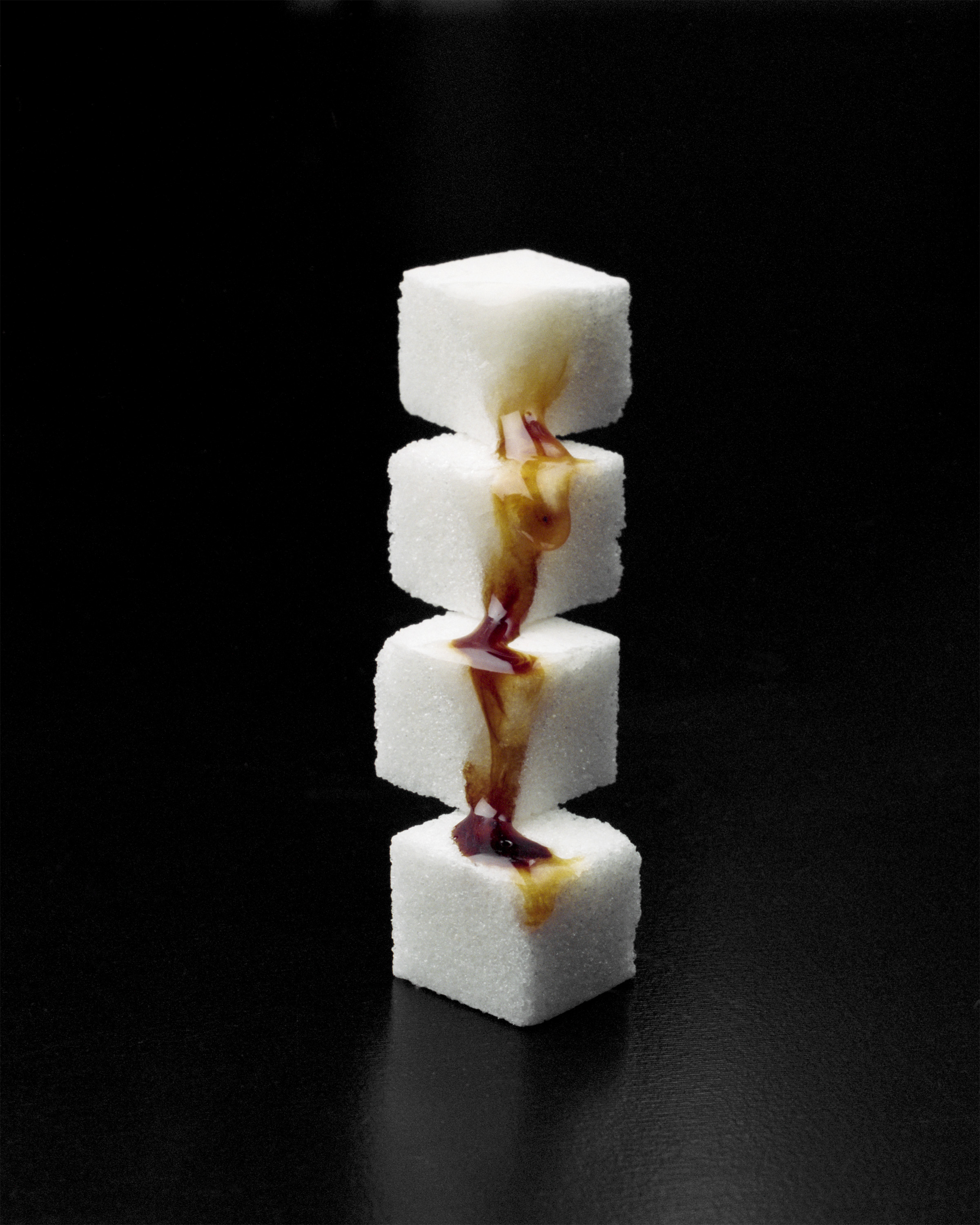
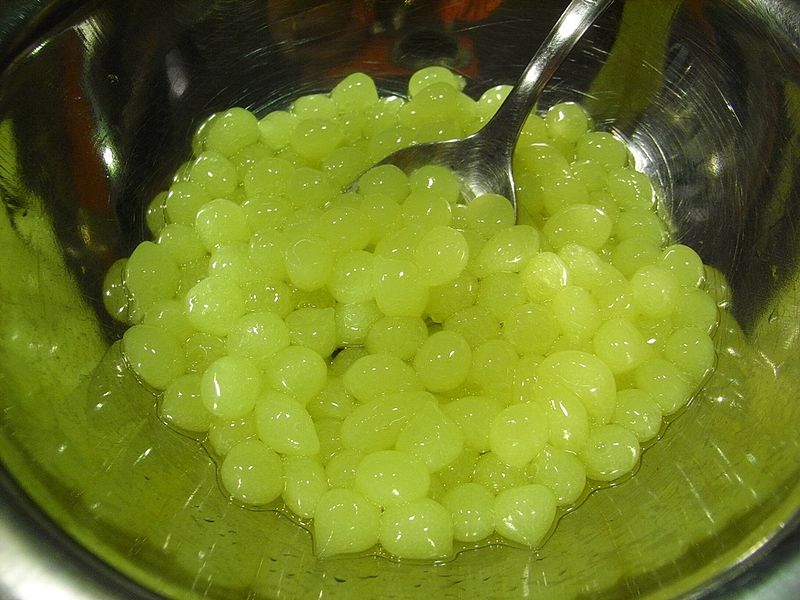
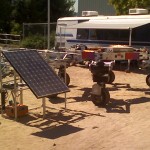
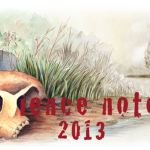

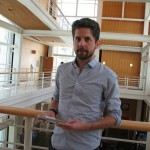
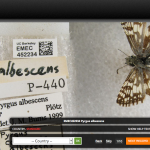

Comments are closed.